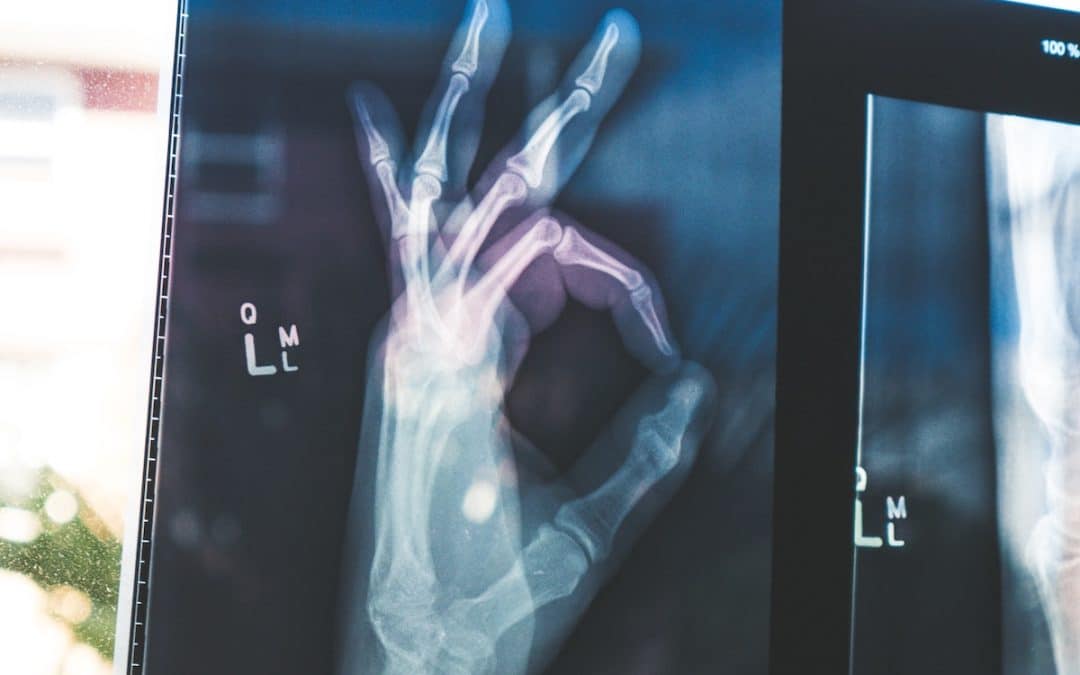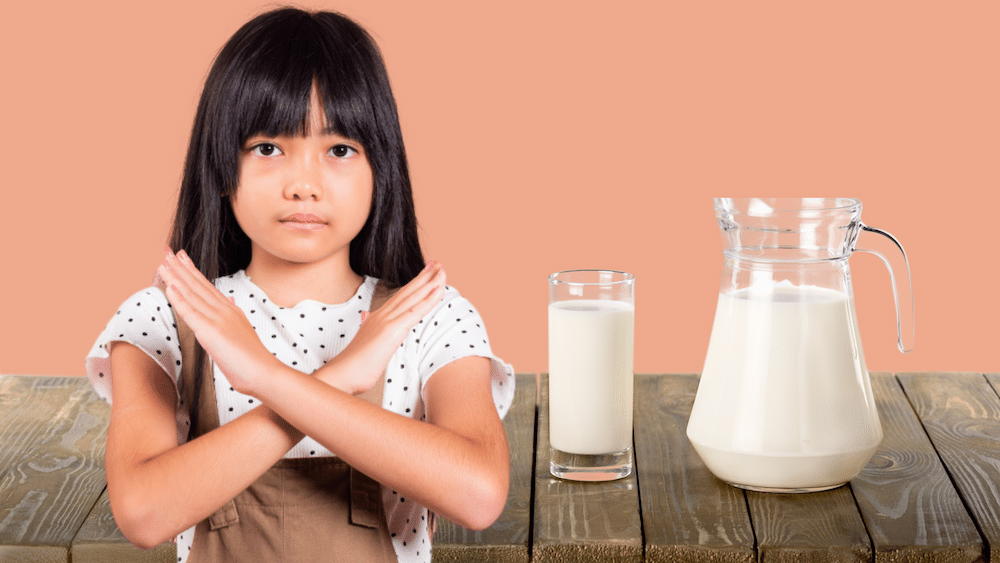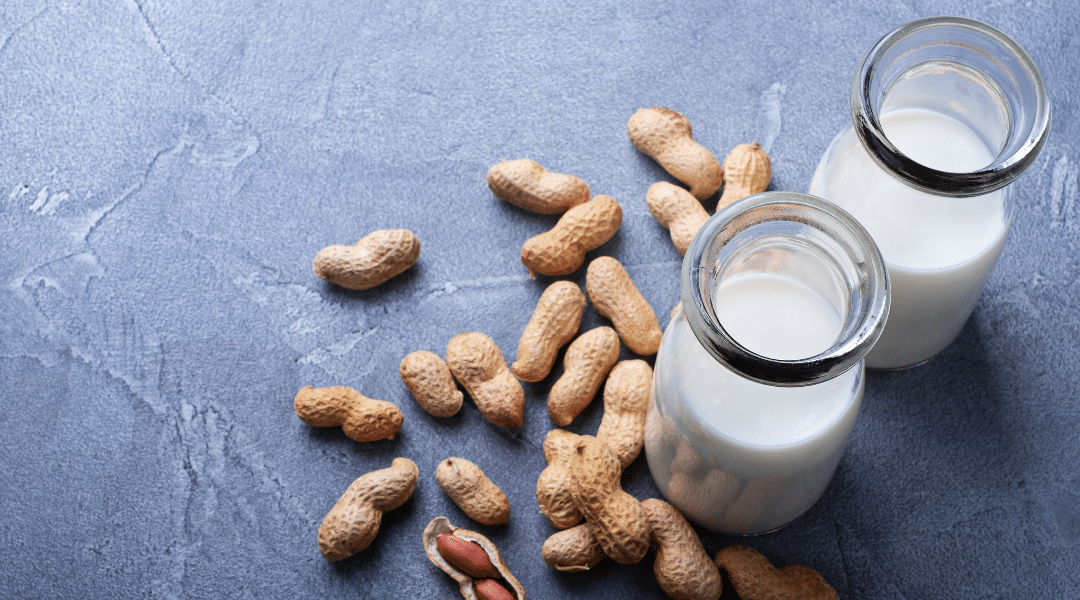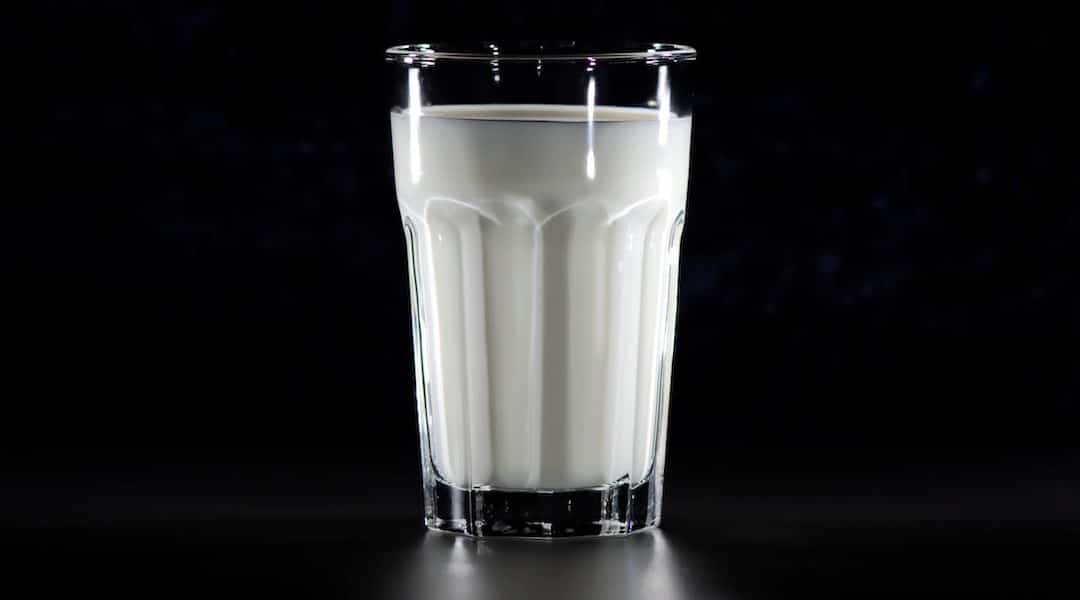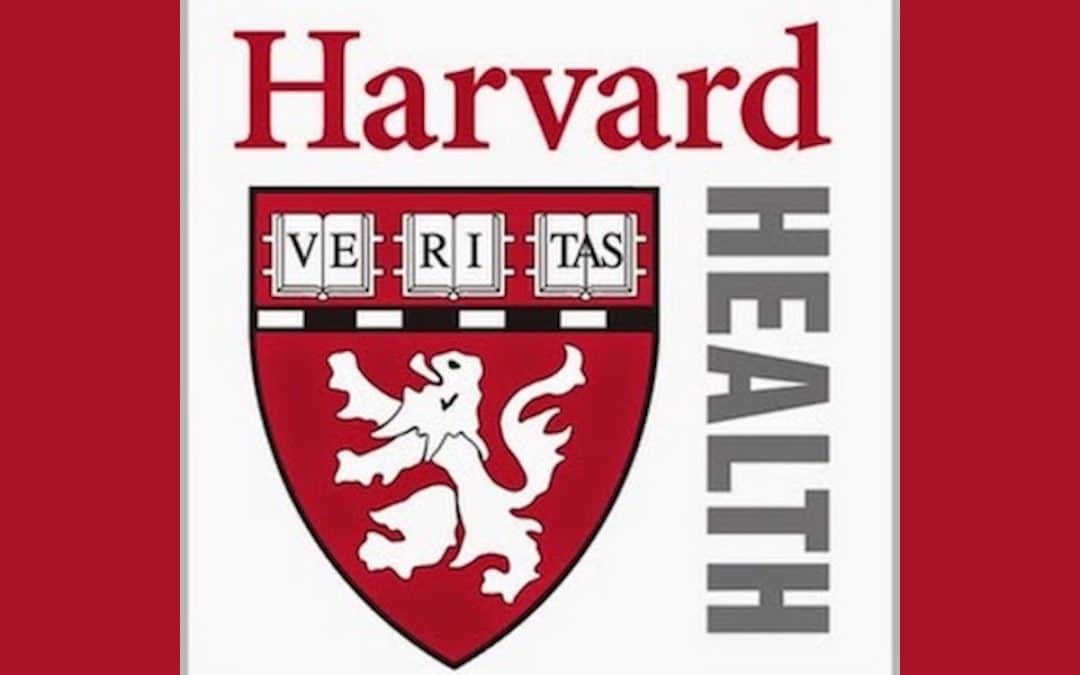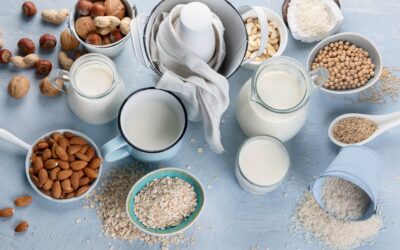Everyone has their own reasons for ditching dairy—personal health, sustainability, and ethics are common motivations. When you realize what cow’s milk actually does to the body, the planet, and the animals, the truth is downright scary. If you’re struggling in your commitment, or need some talking points to help others make the switch, we’ve compiled the top 10 scariest facts about milk. At least one (if not all) is bound to make you shudder.
1. 65% of the global population is lactose intolerant
Lactose intolerance is a digestion issue resulting from a genetic deficiency in which a person lacks the enzyme lactase. Without this crucial enzyme, the body cannot break down lactose, which is a sugar component of milk. Uncomfortable symptoms result from one’s inability to digest this food, and they can range in severity. Common symptoms include bloating, gas, diarrhea, constipation, cramping, and stomach pain. When there are so many amazing dairy-free products on the market, there’s no need to suffer through these awful symptoms.
2. Dairy has been linked to acne and eczema
Suffering from severe acne or itchy eczema? Cutting out dairy could be the solution. While there is still some debate as to the direct correlation between dairy foods and these skin conditions, some experts believe that the hormones and IGF-1 found in dairy contribute to acne issues, and eczema could be the result of a dairy allergy reaction.
No matter the link, we’ve experienced firsthand the benefits a dairy-free lifestyle can have on complexion. Several of our coalition members have cured themselves by ditching dairy. Dr. Angie Sadeghi no longer suffers from chronic eczema, and bodybuilder Brian Turner reversed his teenage acne by giving up dairy at 15 years old. The secret to radiant skin isn’t found in a bottle or milk carton; it is found through a plant-based diet.
3. Dairy can exacerbate asthma symptoms
Short of breath? Dairy doesn’t help. Studies have shown that asthma sufferers can significantly reduce or eliminate their symptoms by giving up dairy and other animal foods. In one study, 92% of participants saw drastic improvements after giving up dairy for a year. Athletes also benefit from ditching dairy. Triathlete Brendan Brazier and Olympic Sprinter Malachi Davis both claim to “breathe better” during workouts after making the switch4good.
4. Dairy can stimulate unregulated cell growth, increasing one’s risk for hormone-dependent cancers
The purpose of cow’s milk is to make a baby cow grow into an adult cow – gaining around 1,000 pounds as it reaches adulthood. While humans don’t drink as much cow’s milk as a calf, milk’s growth-stimulating powers still have an effect. To learn more about the risks, click here.
5. Dairy can cause severe allergic reactions
For those with a dairy allergy, rather than intolerance, consuming dairy isn’t just uncomfortable; it can be dangerous. Depending on the severity, symptoms range from wheezing, hives, vomiting, and even life-threatening anaphylaxis. What’s more, these symptoms may not present themselves for several days after a person has consumed dairy, making the allergy extremely difficult to diagnose. One sure way to avoid these symptoms? Ditch dairy.
6. Dairy can lead to brittle bones and increase the risk of bone fracture
Sure, cow’s milk contains calcium, but only about 30% of it can be absorbed by the body. In fact, a 12-year prospective study found that regular daily consumption of dairy products actually increased one’s risk of hip fracture. Want strong bones? Try tahini, bok choy, and broccoli instead.
7. Dairy has been linked to many preventable chronic conditions, such as obesity, type 2 diabetes, and heart disease
Cow’s milk contains trans and saturated fats, both of which have been linked to heart disease and obesity. It also triggers our bodies to produce excess amounts of insulin, which works against type 2 diabetes prevention. To learn more, click here.
8. Dairy contributes to deplorable animal welfare practices
In order to produce milk, a dairy cow must be pregnant. These cows are forcibly impregnated for 4-6 years to create as much milk as possible. When they give birth, their calves are taken away from them in less than 48 hours, never to be seen again. Male calves are sent to slaughter, and female calves enter into the same depressing cycle as their mothers. After a dairy cow is “spent,” meaning she can no longer produce a high volume of milk, she, too, is sent to slaughter. Dairy cows’ lives are cut short by an average of 15 years.
9. Dairy promotes corporate fast-food culture and drives the creation of high-calorie foods that are making us sick
Pizza Hut didn’t create the stuffed-crust pizza; the U.S. government did. As part of the government-run dairy checkoff program, a department within the USDA is responsible for marketing and promoting milk and milk products to consumers. One way it accomplishes this is by partnering with national fast-food chains like Pizza Hut, Domino’s, Taco Bell, and Starbucks to increase the dairy options on their menus. Read more here.
10. Dairy is NOT a health food
Refer to reasons 1 – 9. Dairy won’t make you stronger, faster, leaner, or healthier. However, it could make you sicker. Don’t go through life dealing with dairy-induced symptoms, thinking they’re “normal” and just a part of life. Live better. Ditch dairy.

